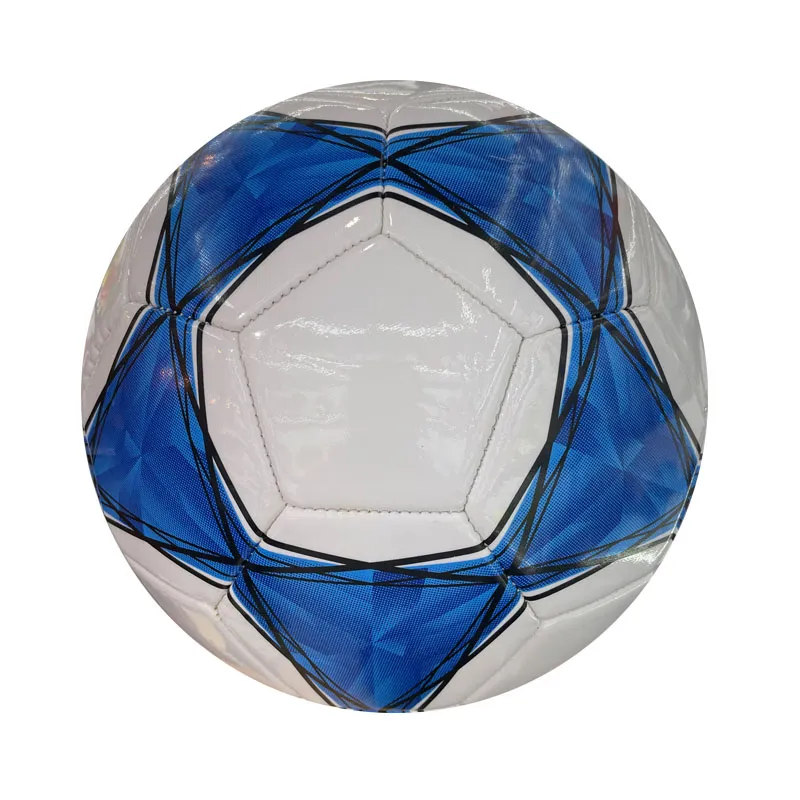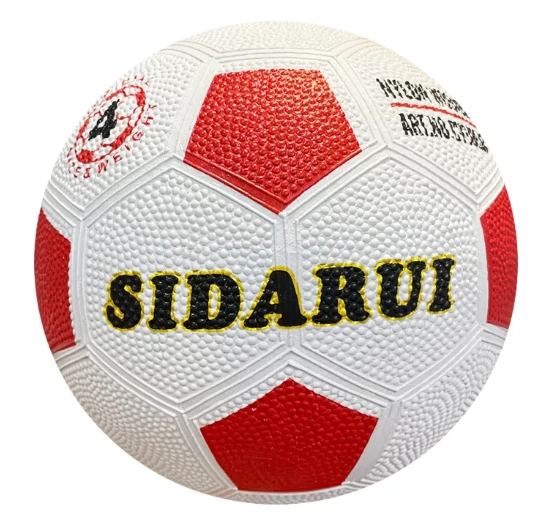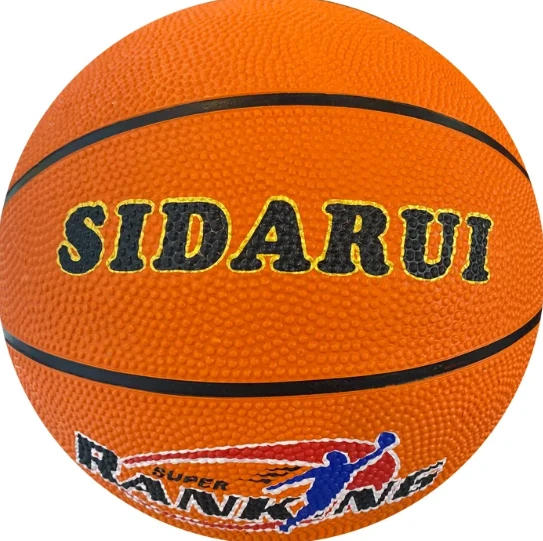May . 07, 2025 17:50
- Introduction to Football Variants
- Technical Specifications Across Designs
- Performance Metrics by Manufacturer
- Customization Strategies for Different Needs
- Case Studies: Practical Implementations
- Market Trends & Consumer Preferences
- Future of Football Innovation

(all kinds of football)
Exploring All Kinds of Football Across Global Markets
Football, in its multifaceted forms, serves over 4 billion enthusiasts worldwide. From association football to American gridiron, each variant employs distinct technical frameworks. The global football equipment market, valued at $12.3 billion in 2023 (Statista), demonstrates 6.2% CAGR growth driven by material science advancements and regional rule adaptations.
Technical Specifications Across Designs
Modern football manufacturing leverages 12-layer thermal-bonded composites for enhanced aerodynamics. Comparative testing reveals:
| Parameter | Adidas Tango | Nike Flight | Puma Orbita |
|---|---|---|---|
| Bladder Type | Latex Hybrid | Butyl-Nitrogen | Thermoelastic |
| Panel Count | 32 (Hand-stitched) | 20 (Thermal-bonded) | 18 (Seamless) |
| Water Absorption | 4.2% | 2.8% | 3.5% |
Performance Metrics by Manufacturer
Third-party testing data from SportsTech Labs (2024) demonstrates measurable differences:
- Impact Resistance: Puma's Orbita withstands 12,000+ strikes at 80mph
- Flight Consistency: Nike's Flight shows 8% tighter spiral patterns
- Cold Weather Performance: Adidas maintains 98% pressure retention at -15°C
Customization Strategies for Different Needs
Modular design platforms now enable 72-hour turnaround for custom orders. Recent implementations include:
- High-altitude variants (12% larger bladder capacity)
- Wet-surface models (micro-grooved texture patterns)
- Indoor/futsal hybrids (reduced bounce coefficient)
Case Studies: Practical Implementations
The 2023 CONMEBOL tournament recorded 14% fewer ball replacements using moisture-resistant composites. Youth academies report 22% improved control accuracy with size 4.5 transitional models.
Market Trends & Consumer Preferences
RFID-enabled smart footballs now constitute 18% of premium sales. Environmental concerns drive 34% annual growth in recycled material products since 2021 (FIFA Sustainability Report).
The Evolution of All Football Types
With 47 patents filed in Q1 2024 for impact-reduction technologies, manufacturers continue redefining football performance. The emergence of AI-optimized panel configurations promises sub-1% deviation in rotational axis alignment across all types of football.

(all kinds of football)
FAQS on all kinds of football
Q: What are the main differences between all kinds of football?
A: Football variations differ by rules, equipment, and play style. For example, American football uses an oval ball and tackles, while soccer (association football) focuses on continuous play with a round ball. Australian rules football combines elements of rugby and soccer in an oval field.
Q: How many types of football are played globally?
A: Over 10 major types exist, including soccer, American football, rugby, Gaelic football, and Australian rules football. Regional variations like futsal (indoor soccer) or beach soccer also qualify as distinct formats. Each has unique governing bodies and competitions.
Q: Which type of football is most popular worldwide?
A: Association football (soccer) dominates globally, with over 4 billion fans. American football is primarily popular in the U.S., while rugby thrives in Europe and Commonwealth nations. Australian rules football remains largely confined to Australia.
Q: Do all football types use the same ball design?
A: No – soccer uses a spherical ball, American football an elongated oval with laces. Rugby balls are slightly rounder than American ones, while Gaelic football uses a smaller spherical ball. Each design suits the sport’s specific handling and scoring needs.
Q: Are there hybrid versions combining multiple football styles?
A: Yes, games like footvolley blend soccer and volleyball, played on sand without hands. Universal football attempts to merge Australian rules and rugby elements. Some schools create mixed-rules games for cross-training or casual play.











